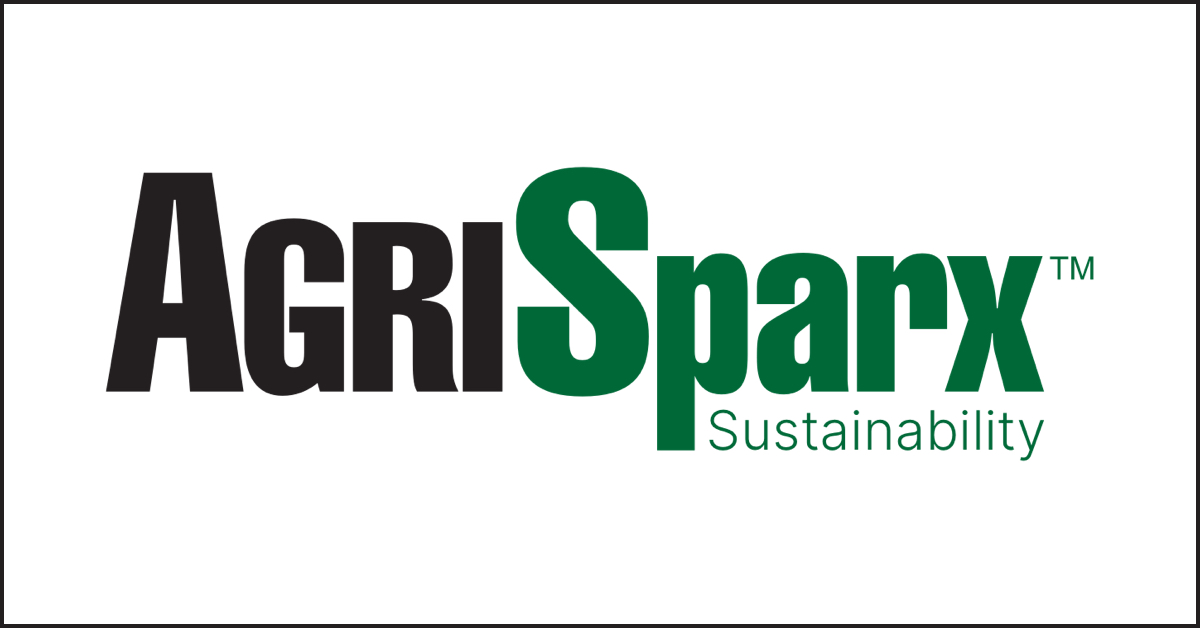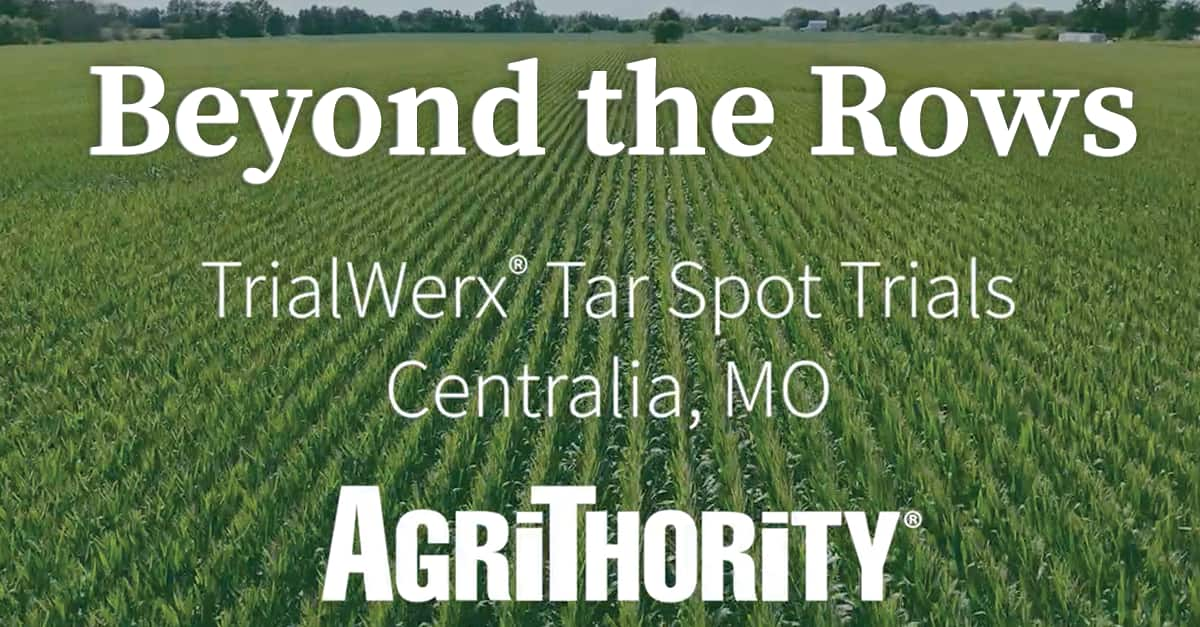Introduction
In today’s evolving agricultural landscape, data-driven sales strategies are transforming how crop protection products are positioned and marketed. Traditional sales models that relied heavily on relationship-based selling and brand recognition are being replaced by data-backed decision-making processes. With advances in precision agriculture, digital tools, data acquisition, and analytics, crop protection companies now have the ability to present tangible and actionable performance metrics to growers, agronomists, and distributors. This shift is not only improving sales effectiveness but is also reinforcing trust and transparency in the marketplace.
Differences in Data Valuation – Synthetic vs. Biological Products
Synthetic Products: Evaluating synthetic products traditionally relies on straightforward, yield-focused performance metrics. However, contemporary synthetic formulations increasingly integrate advanced additives, such as specialized nanoparticles, enzymes, and peptides, which enhance performance without functioning directly as active ingredients or synergists. Consequently, this evolution necessitates more sophisticated and multidimensional performance modeling to accurately capture the influence of innovative delivery mechanisms and performance enhancers.
Biological & Microbial Products: Biological and microbial product evaluations present unique complexities due to their interaction with variable environmental and agronomic conditions. Unlike synthetics, biological efficacy can fluctuate significantly depending on factors such as soil health and nutrient status. For instance, biological products may perform optimally in biologically active, nutrient-rich soils yet deliver reduced efficacy in soils that are depleted or heavily treated with conventional fertilizers. Conversely, biological products can enhance crop performance in soils that are stressed, both in terms of microbial and nutrient health. These variabilities underscore the importance of multifactorial context-specific data assessments for precise and dependable product recommendations.
Key Agronomic and Genetic Factors Affecting Crop Protection Product Performance
To achieve a more holistic evaluation of crop protection solutions, it is essential to consider multiple interacting variables. Some of the most critical include Soil Properties. The physical and chemical composition of soil plays a fundamental role in determining the efficacy of both synthetic and biological crop protection products.
Key factors include:
- Soil Texture & Composition: Residual herbicides, for example, may exhibit greater persistence in clay soils due to increased adsorption, whereas in sandy soils, they may leach more rapidly, reducing efficacy and increasing the risk of groundwater contamination.
- pH Levels: The effectiveness of certain herbicides and fungicides is pH-dependent, meaning their breakdown rates and availability to plants vary significantly under acidic versus alkaline conditions.
- Organic Matter & Microbial Diversity: Biological products, such as microbial inoculants and biostimulants, rely on existing soil microbiota to function effectively. Soil rich in organic matter and beneficial microbes may enhance their performance, whereas degraded soils with low biological activity may limit their efficacy. In contrast, soils with high crop residue levels can impact residual carryover of synthetic products influencing crop rotation or replanting decisions.
Plant Variety and Genetics: Different crop varieties exhibit varying levels of tolerance or resistance to pests and diseases, which directly impact the performance of crop protection products:
- Genetic Resistance: Advances in breeding have led to disease-resistant and herbicide-tolerant crop varieties, altering the way fungicides, insecticides, and herbicides are used. For example, a soybean variety engineered for resistance against sudden death syndrome (SDS) may require a different fungicide application strategy compared to a non-resistant variety.
- Plant Physiology: The uptake and metabolism of crop protection products are also influenced by genetic factors. Some crops have faster metabolic detoxification processes, which can reduce the efficacy of specific active ingredients.
Application of Plant Genomic Data: The integration of plant genomic data into crop protection strategies represents a cutting-edge approach to optimizing product efficacy:
- Precision Agriculture & Genomics: By understanding a plant’s genetic predisposition to disease or stress, targeted applications of fungicides, insecticides, or biostimulants can be deployed, reducing overuse and improving outcomes.
- Molecular Response Monitoring: Identifying gene expression patterns associated with stress response allows for a proactive approach to disease management, ensuring that products are applied when plants are most receptive to treatment.
Yield Performance Data vs. Multilayer Performance Indices
Traditionally, yield performance data has served as the primary metric for evaluating the effectiveness of crop protection products. However, while yield remains a crucial indicator, it is no longer sufficient on its own to drive informed purchasing decisions. Today’s agricultural landscape requires a more nuanced approach, one that integrates multilayer performance indices to capture a broader spectrum of agronomic, environmental, and economic factors influencing product performance.
Multilayer performance indices incorporate diverse data points, such as soil properties, plant genetics, environmental conditions, land management, application flexibility, resistance management, and overall return on investment (ROI). By leveraging these integrated datasets, companies can develop more compelling value propositions that extend beyond simple yield increases to include long-term sustainability, resilience, and efficiency.
Use of Specialized Data Algorithms for Multilayer Statistical Analysis
Advanced data algorithms play a crucial role in analyzing multilayer performance indices and extracting meaningful insights from complex agricultural datasets. The integration of Machine Learning, artificial intelligence (AI), and predictive modeling enhances decision making processes in the crop protection market.
Key approaches include:
- Machine Learning for Pattern Recognition: AI-driven algorithms can analyze large datasets to identify correlations between crop protection product performance and environmental factors such as soil health, crop development, climate conditions, and pest pressure.
- Multivariate Statistical Models: Regression models, principal component analysis (PCA), and clustering techniques help isolate key performance drivers from confounding variables, allowing for more accurate product recommendations.
- Predictive Analytics for Application Timing: Historical data and real-time weather forecasting are combined to optimize application timing, impacting product activation, improving efficacy, and reducing unnecessary applications.
- Decision Support Systems (DSS): These systems integrate various data sources— including yield data, soil properties, and weather conditions—to provide tailored recommendations for growers and agronomists.
Machine learning and artificial intelligence (AI) tools can process large datasets more efficiently than traditional analytical methods, allowing agribusinesses to generate insights faster and with greater accuracy. These tools are especially useful in analyzing performance trends for biological products and synthetic add-mixtures which often require a deeper understanding of environmental and biological interactions, soil conditions, and plant genomics.
With the increasing availability and complexity of agricultural data, variability of sources and types, specialized data algorithms play a vital role in integrating multiple performance indices into meaningful insights. Advanced statistical modeling and machine learning techniques allow agronomists and sales teams to:
- Identify trends and correlations across different datasets, such as weather conditions, physical properties, soil and plant health conditions, geographic similarities, adjacent and combination product applications, and crop genetics.
- Predict product eicacy under various environmental, soil, application, and land management conditions, enabling more precise recommendations of not one product but portfolio wide.
- Improve forecasting models to assess long-term product performance, competitive positioning, pipeline development, acquisition targets, changes to portfolio strategy, and return on investment (ROI).
By leveraging specialized data algorithms, companies can refine their sales strategies, optimize product positioning, and deliver science-backed insights that enhance customer confidence and drive market adoption and retention.
Strategic Implications for Crop Protection Companies
By integrating multilayered performance assessments into their product evaluation processes, companies in the agriculture crop protection market can deliver highly precise, adaptive, and data-driven analyses tailored to diverse agronomic needs. This comprehensive approach enables deeper insights beyond traditional yield metrics, enhancing evaluations with detailed assessments of agronomic performance, sustainability, long-term environmental impacts, and economic returns.
This advanced evaluation methodology facilitates:
- Enhanced Customer Trust and Informed Decision-Making: By leveraging multilayered performance assessments, companies can provide highly targeted product recommendations that extend beyond traditional yield comparisons to incorporate critical aspects such as soil and plant health, long-term agronomic benefits, environmental sustainability, and economic returns. This comprehensive approach equips farmers and agronomic consultants with robust, data-driven insights, empowering them to make more informed and confident purchasing decisions based on demonstrated, holistic product effectiveness.
- Strategic Competitive Differentiation: Demonstrating multilayered value through examples such as strategic agronomic reviews, influencer-backed initiatives like detailed white papers, and robust crop-specific launch strategies positions companies to differentiate themselves in an increasingly competitive market.
- Enhanced Sales Effectiveness: Equipping sales teams with granular, farm-specific performance insights facilitates more customized, effective engagement with farmers. Sales professionals can transcend traditional yield-based conversations, and instead offer solutions that reflect comprehensive farm conditions, enabling a sophisticated, portfolio-based strategy that fosters deeper customer relationships and increases loyalty.
As agriculture increasingly embraces digital transformation, leveraging multifaceted performance metrics becomes critical. Such data not only refines internal strategies but also enhances external communication, aligning product capabilities more closely with evolving farmer expectations and industry standards.
Market Differentiation & Sales Tactics
Differentiation in the crop protection market requires more than just a well-established brand—it demands a strategic approach to showcasing performance data. Companies can utilize the following tactics to enhance market differentiation:
- Premium Positioning: Leveraging unique performance metrics to justify a premium price point.
- Bundling Strategies: Combining products with complementary or differentiated modes of action to enhance efficacy and sustainability.
- Data-Backed ROI Demonstrations: Using historical performance data and predictive analytics to show cost-benefit analyses to growers and distributors.
- Customized Solutions: Tailoring recommendations based on localized agronomic conditions and farm-specific data. By integrating these sales tactics, companies can reinforce the value proposition of their products while addressing grower concerns such as input costs, resistance management, and application efficiency.
Patented vs. Off-Patent Product Strategy
The crop protection market is comprised of both patented and off-patent (generic) products, each requiring distinct sales and marketing approaches:
- Patented Products: These products benefit from exclusivity, brand equity, and regulatory positioning. Sales strategies often focus on innovation, differentiated formulations, and the added value of proprietary research data.
- Off-Patent Products: With multiple generic versions competing in the market, differentiation relies on cost-effectiveness, specialized formulations, active ingredient combinations, supply chain efficiency, and service-oriented value additions such as technical support and application guidance. Understanding these dynamics allows companies to tailor their approach based on the product lifecycle stage and competitive landscape.
Transitioning from a patented to a generic product or portfolio: As patents expire, companies must transition from a protected market position to competing in the generic space. This shift requires proactive strategies to maintain market share and profitability, including:
- Formulation Enhancements: Developing differentiated formulations that expand performance or protection capabilities, improve application properties or tank-mix compatibility.
- Service-Oriented Differentiation: Offering agronomic support, stewardship programs, and digital agronomy tools to create additional value.
- Strategic Partnerships: Collaborating with distributors, retailers, and growers to secure long-term market access and loyalty. By leveraging data-driven insights, companies can navigate this transition effectively, ensuring continued success despite increased competition.
Conclusion
The integration of data-driven sales strategies in the crop protection market is revolutionizing how products are marketed and sold. By moving beyond traditional yield-based metrics and incorporating multilayer performance indices, customer insights, and competitive intelligence, companies can strengthen their competitive positioning.
Differentiation through premium positioning, bundling, and ROI-driven sales tactics further enhances product value. Additionally, understanding the distinct strategies for patented versus off-patent products allows businesses to adapt to market shifts effectively. Looking ahead, the continued advancement of AI, predictive modeling, and precision agriculture tools will further refine data-driven sales approaches, ensuring sustainable growth and enhanced customer trust in the crop protection industry.
The AgriThority® Business Development experts are proven facilitators of alignment on real-world expectations and ROI. We help build the foundational strategic plan or review investor pitches. We work to ensure the sustainability strategies and financial models are solid, the market and competitive analyses are complete, and the plans have high potential for success in targeted markets. Learn more about the AgriThority® Business Development services.


